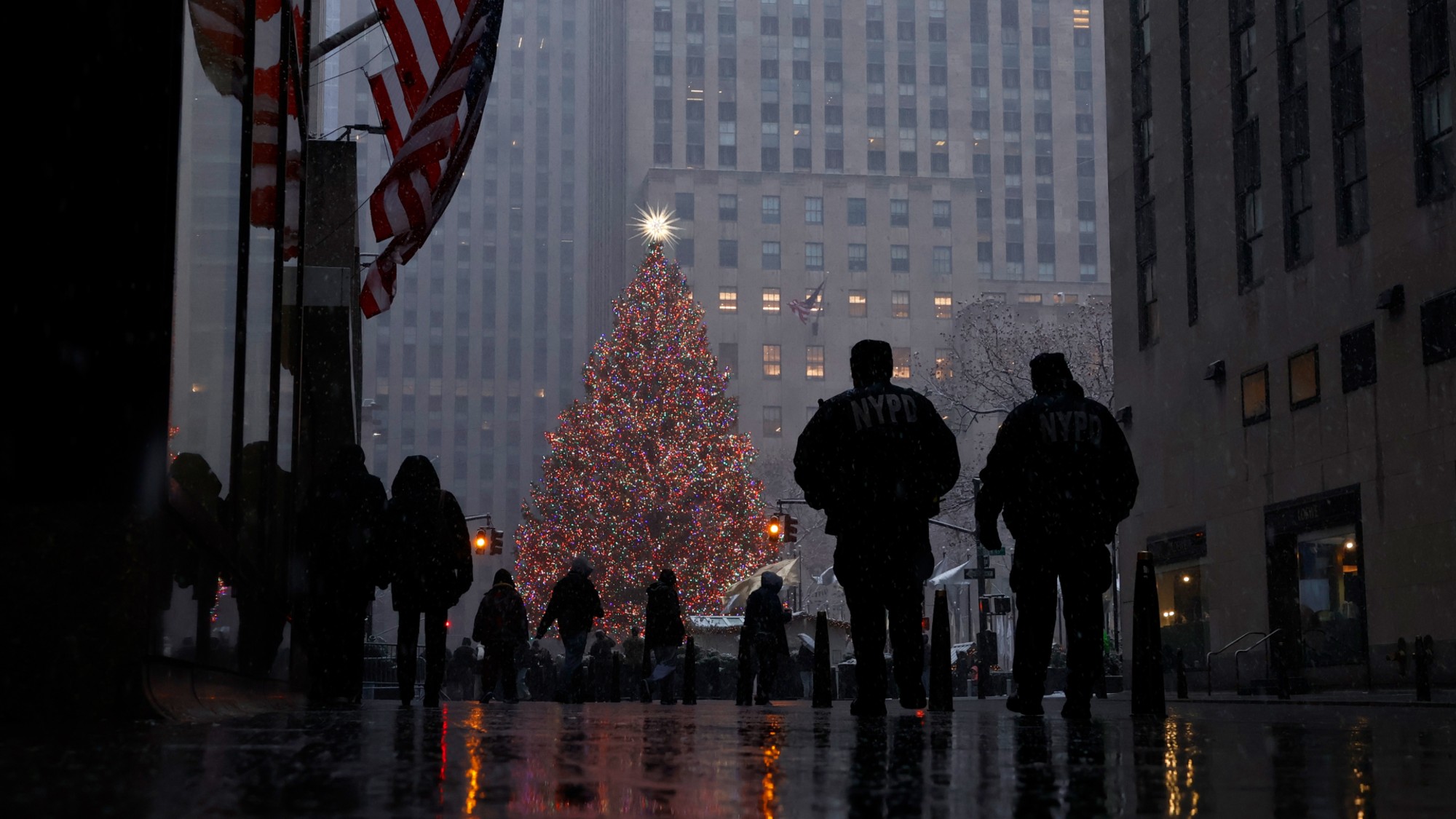Getting the flavor of ... The sands of Siesta Key
Florida’s Siesta Key has some of the finest, whitest sand in all of the United States.
The sands of Siesta Key
Florida’s Siesta Key is a “perfect playground for families,” said Liz Doup in the South Florida Sun-Sentinel. The 8-mile-long stretch of land on the Gulf Coast boasts some of the finest, whitest sand in all of the United States. About 99 percent pure quartz grains, the “clean, flour-like” beach sand “packs down firm and smooth.” Because the sand also stays surprisingly cool, “even in the blazing sun,” it’s ideal for jogging, cycling, and, of course, building sand castles. Kids spruce up their granular palaces with finials that swirl “like frosting.” Dads play catch across the “sugar-white” heaps. Moms race strollers over the “smooth sand as if it were asphalt.” Meanwhile, teenagers kayak alongside manatees at the Jim Neville Marine Reserve. Once you’ve gotten enough sun, you can all take a sunset bike ride through the tiny, “laid-back” beach town, which connects to the mainland by two bridges.
Contact: Simplysiestakey.com
The Week
Escape your echo chamber. Get the facts behind the news, plus analysis from multiple perspectives.

Sign up for The Week's Free Newsletters
From our morning news briefing to a weekly Good News Newsletter, get the best of The Week delivered directly to your inbox.
From our morning news briefing to a weekly Good News Newsletter, get the best of The Week delivered directly to your inbox.
High Island in full flight
You don’t have to be a bird lover to come to High Island, but you’ll probably leave as one, said Hugo Martin in the Los Angeles Times. The small town, on the Upper Texas Coast between Galveston and the Louisiana border, is one of the country’s top birding sites. Migrants such as thrushes and black cormorants, flying north from the Yucatán Peninsula, see the salty marshlands as an ideal “resting place.” Exhausted from their trip, the birds literally fall from the sky and into the “tuft of oak, mulberry, cypress, and hackberry trees.” The yellow warblers, caramel-colored Carolina wrens, and “candy-apple-red” cardinals look like “bright, cellophane-wrapped candies among the branches.” Even if you don’t experience what watchers call “a fallout,” the abundance of wildlife—from toothy alligators to cotton-candy-hued spoonbills—“makes the trip worthwhile.”
Contact: Birdinghighisland.com
A free daily email with the biggest news stories of the day – and the best features from TheWeek.com
-
 How climate change is affecting Christmas
How climate change is affecting ChristmasThe Explainer There may be a slim chance of future white Christmases
-
 The MAGA civil war takes center stage at the Turning Point USA conference
The MAGA civil war takes center stage at the Turning Point USA conferenceIN THE SPOTLIGHT ‘Americafest 2025’ was a who’s who of right-wing heavyweights eager to settle scores and lay claim to the future of MAGA
-
 The 8 best drama movies of 2025
The 8 best drama movies of 2025the week recommends Nuclear war, dictatorship and the summer of 2020 highlight the most important and memorable films of 2025